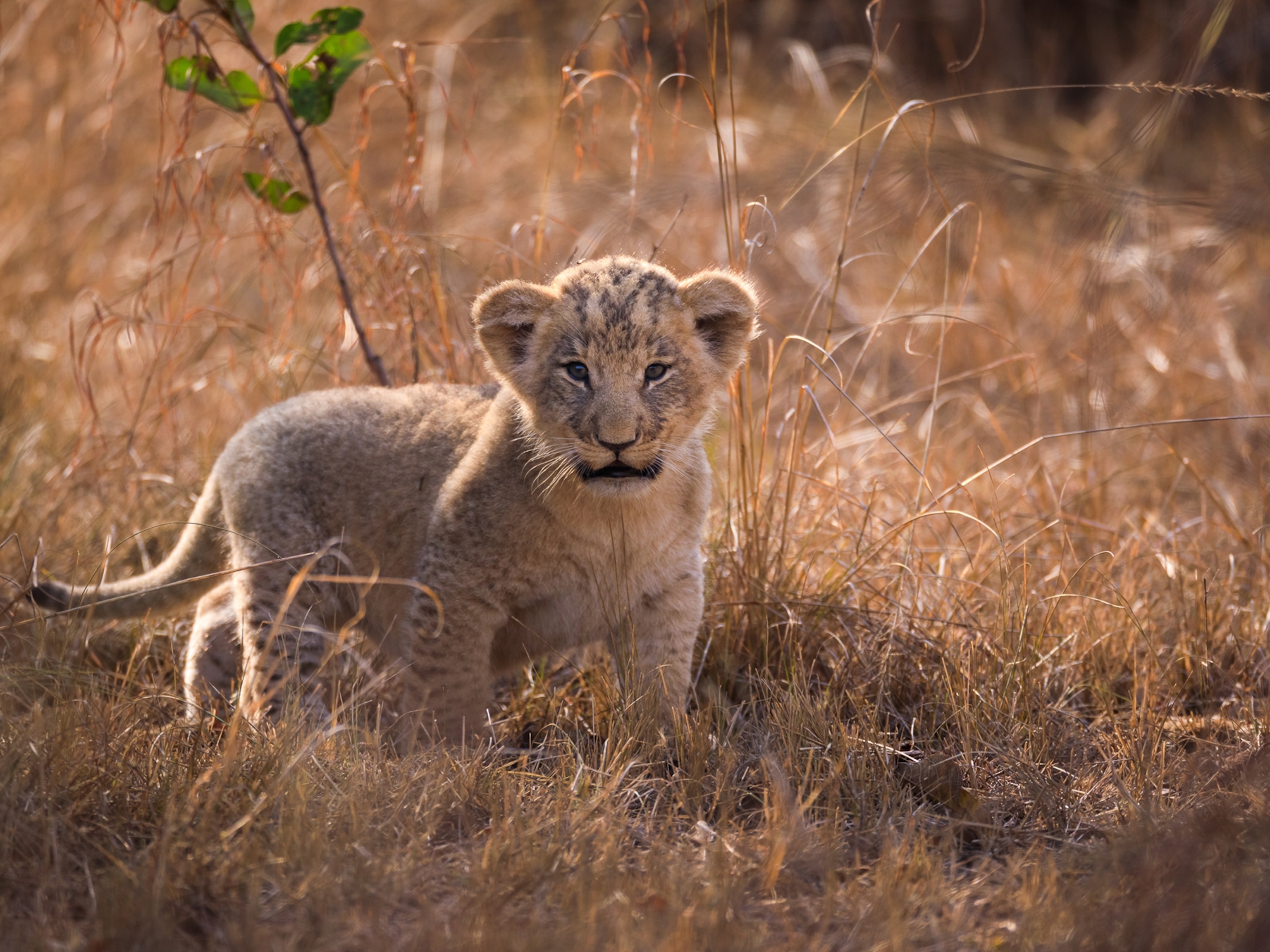Wild Elephants Live Longer Than Their Zoo Counterparts
Wild elephants in protected areas of Africa and Asia live more than twice as long as those in European zoos, a new study has found.
Wild elephants in protected areas of Africa and Asia live more than twice as long as those in European zoos, a new study has found.
Animal welfare advocates have long clashed with zoo officials over concerns about the physical and mental health of elephants in captivity.
British and Canadian scientists who conducted the six-year study say their finding puts an end to that debate once and for all.
"We're worried that the whole system basically doesn't work and improving it is essential," said lead author Georgia Mason, a zoologist at the University of Guelph in Canada.
Obesity and stress are likely factors for the giant land mammals' early demise in captivity, she said.
Until these problems are resolved, the authors are calling for a halt to importing wild elephants and breeding them in facilities unless an institution can guarantee long, healthy lives for its elephants. The study will be published tomorrow in the journal Science.
(Related: "Zoo Life Shortens Elephant Lives in Europe, Study Says" [October 25, 2002].)
Wild and Long-Lived
Mason and colleagues looked at data from more than 4,500 wild and captive African and Asian elephants.
The data include elephants in European zoos, which house about half of the world's captive elephants; protected populations in Amboseli National Park in Kenya; and the Myanma Timber Enterprise in Myanmar (Burma), a government-run logging operation where Asian elephants are put to work.
Only the survival rates of females were analyzed because of their importance to future populations.
The findings show that captive elephants live considerably shorter lives.
For African elephants, the median life span is 17 years for zoo-born females, compared to 56 years in the Amboseli National Park population.
For Asian elephants, the results are "much more worrying because they are the rarer of the two species," Mason said.
Zoo females only live 19 years—about half the life span of the Myanma timber elephants, which, on average, survive until 42.
What's more, the team discovered that Asian elephants bred and born in captivity died earlier than those imported into zoos from the wild.
"That really surprised us," Mason said.
"Something is happening very, very early in life in these zoo animals, and it's got to be happening before the age of three or four … the average age when wild-caught animals arrive in [zoos]."
Mason doesn't know why captive-bred elephants are dying sooner than their wild-caught counterparts.
But if healthy adults are not able to live long enough reproduce, then the captive populations in Europe won't be self-sustaining—a problem that American zoos already face.
Survival Strategies
To keep zoo elephants alive longer, the authors recommend routine screening for obesity (something that's done in U.S. captive elephant populations), as well as monitoring stress via a chemical known as interleukin-6.
Checking this biological marker, which shows that the body's immune system is battling sickness, would allow zoo officials to intervene before the animal is seriously ill, Mason said.
Robert Wiese, collections director at the San Diego Zoo in California, was not part of this study. He said making a comparison between the lifespan of captive and wild elephants may seem deceptively simple.
"There are just so many confounding issues, especially in small sample sizes [of] zoo animals, that it's hard to really separate and make sure you're comparing apples to apples," he said.
Huge Improvements
In 2004 Wiese co-authored a paper in the journal Zoo Biology showing the opposite of Mason's findings: that zoo elephants live as long as those in the wild.
He said that within the last decade accredited facilities have made huge improvements in the care of captive elephants by providing better nutrition to combat obesity, as well as environmental enrichment activities that reduce stress.
"Typically anti-zoo critics throw … in our face the things that the zoo community has already identified as issues that we need to work on," Wiese said.





